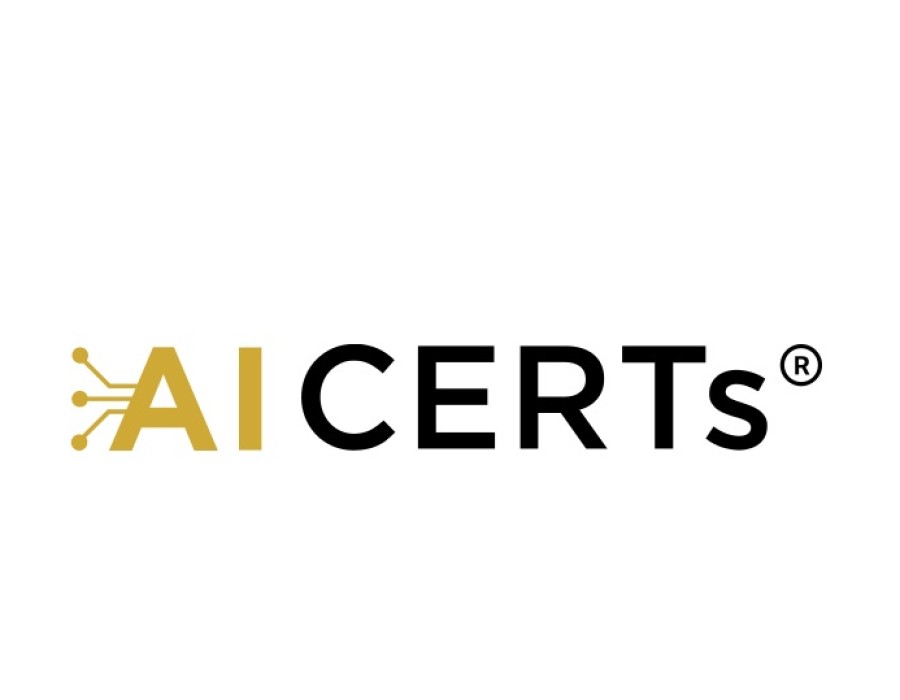Artificial Intelligence (AI) has rapidly shifted from being a supportive technology to a core driver of organizational growth and competitive advantage. Today, enterprises are no longer asking if they should adopt AI but how fast they can scale it to achieve tangible business impact. In this evolving landscape, the role of a Chief AI Officer (CAIO) has emerged as one of the most critical executive positions for organizations aiming to harness AI’s transformative power.
But the question many aspiring leaders face is: how to become a Chief AI Officer and what steps are necessary to prepare for this groundbreaking role? The journey requires more than just technical expertise. It demands leadership skills, a deep understanding of enterprise strategy, and the ability to build a culture of innovation that maximizes AI-driven opportunities.
Why Organizations Need a Chief AI Officer
Enterprises face constant pressure to remain competitive, improve operational efficiency, and deliver personalized customer experiences. While many organizations have invested in AI projects, a significant number struggle to integrate these technologies at scale. This gap often exists because they lack an executive leader who can bridge technical innovation with business outcomes.
A Chief AI Officer plays that pivotal role—aligning AI adoption with corporate strategy, identifying high-value use cases, ensuring ethical governance, and leading cross-functional collaboration. This position is not just about building algorithms but about shaping enterprise-wide innovation through AI.
Building the Right Foundation
For professionals aspiring to step into this role, the foundation begins with expanding beyond technical skills. While data science, machine learning, and automation knowledge are important, they are not enough. A CAIO must be a translator—able to communicate AI’s business value to board members, stakeholders, and non-technical teams.
Strategic thinking, organizational change management, and decision-making under uncertainty are equally vital. Leaders who demonstrate the ability to combine vision with execution are the ones most likely to excel.
This is why programs like the Chief AI Officer Certification have gained importance. Such credentials are designed to prepare executives with the comprehensive skill set required—covering not only AI fundamentals but also leadership, governance, and enterprise-level deployment strategies.
Steps to Becoming a Chief AI Officer
The pathway to becoming a CAIO is structured but requires intentional effort:
1. Gain Cross-Disciplinary Knowledge
AI touches nearly every department—from marketing and supply chain to HR and finance. Aspiring CAIOs should explore how AI transforms these functions. Participating in Chief AI Officer training can provide practical exposure to use cases across industries.
2. Build Strong Leadership Skills
Unlike other technical roles, a CAIO spends most of their time influencing decisions, aligning stakeholders, and managing teams rather than writing code. Public speaking, negotiation, and team leadership are critical components of this role.
3. Understand AI Ethics and Governance
With AI regulations evolving globally, organizations need leaders who can establish ethical frameworks and ensure compliance. This adds another dimension of responsibility to the CAIO role, reinforcing its executive importance.
4. Earn Relevant Certifications
Pursuing an AI Chief AI Officer Certification demonstrates credibility and readiness for executive responsibilities. These certifications often cover AI strategy development, risk management, and enterprise-wide implementation approaches, giving candidates a strong competitive edge.
5. Gain Real-World Experience
Practical exposure to AI projects—whether in pilot programs, innovation labs, or enterprise deployments—is essential. This experience builds the confidence to make informed decisions about scaling AI investments.
Leading Innovation at the Enterprise Level
Once appointed, the CAIO becomes the catalyst for enterprise-wide innovation. Their responsibilities include:
- Driving AI Strategy: Identifying the most impactful areas for AI adoption that align with long-term business goals.
- Creating a Data-Driven Culture: Promoting collaboration between IT, data scientists, and business leaders to accelerate insights and decision-making.
- Scaling AI Solutions: Moving beyond proofs of concept to enterprise-scale deployments that deliver measurable value.
- Future-Proofing the Organization: Anticipating industry shifts and preparing the enterprise to adapt quickly to technological disruption.
The CAIO role is not static. It evolves as technology and organizational needs change, requiring continuous learning and adaptation.
The Future of the AI Chief AI Officer Role
As industries mature in their AI adoption, the demand for skilled CAIOs will only increase. Organizations are already recognizing that without executive-level guidance, AI efforts risk becoming fragmented and underutilized. A skilled CAIO ensures that AI is not only implemented but embedded into the organization’s DNA.
For professionals considering this career path, the opportunity is immense. By combining technical knowledge, business acumen, leadership, and formal certifications, aspiring leaders can position themselves at the forefront of enterprise innovation.
Conclusion
The role of the Chief AI Officer represents the future of enterprise leadership. It is a position that requires vision, influence, and the ability to connect AI innovation with organizational growth. For ambitious professionals, the journey to becoming a CAIO is both challenging and rewarding. With the right skills, experience, and mindset, you can lead enterprises into a new era of AI-powered success—driving transformation that shapes not just companies, but entire industries.






Comments